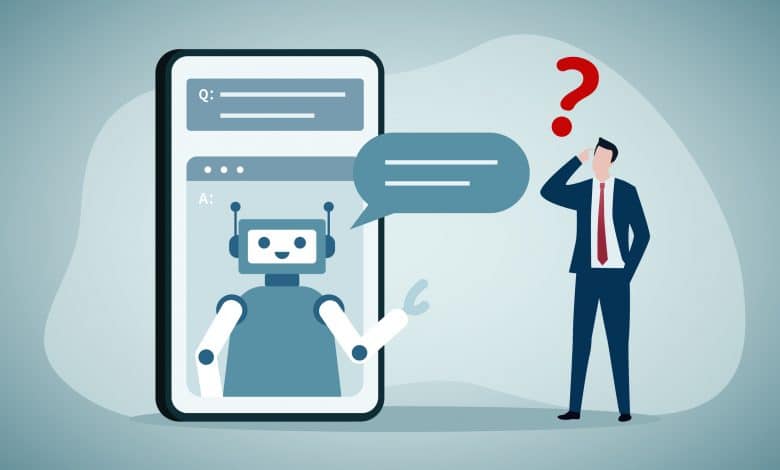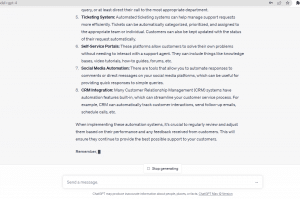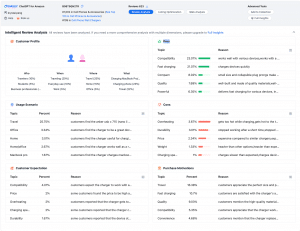How to Use ChatGPT Apps for Global Multi-language E-commerce

In today's globalized world, e-commerce businesses are expanding their reach to customers from all over the world. However, language barriers can often hinder the success of these businesses. This is where ChatGPT comes in.
ChatGPT is a powerful tool that can help e-commerce businesses overcome language barriers and provide a seamless customer experience. In this article, we will explore how to use ChatGPT for global multi-language e-commerce and the benefits it can bring to your business.
What Is ChatGPT and AI Chatbot GPT?
GPT (Generative Pre-trained Transformer) is a deep learning-based natural language processing model that has been pre-trained on vast amounts of text data. It is capable of generating high-quality natural language text that is virtually indistinguishable from human-generated text. GPT has been widely used in various natural language processing applications, including chatbots.
AI chatbot GPT is a type of chatbot that is designed to understand and respond to user queries in a more human-like manner. It generates responses that are more natural and engaging, making the chatbot more effective in providing customer support and assistance. It can help businesses save time and resources by automating customer support and reducing the need for human agents.
In summary, GPT is a deep learning-based natural language processing model that can generate high-quality natural language text. AI chatbot GPT is a chatbot that uses GPT to provide more accurate and natural language responses to users. By using AI chatbot GPT, businesses can improve the quality and effectiveness of their chatbots, leading to increased customer satisfaction and loyalty.
How Can Multi-language E-commerce Businesses Benefit from AI Chatbot GPT?
Multilingual customer support. By using AI chatbot GPT, businesses can provide a seamless customer experience in multiple languages. It allows customers to interact with the chatbot in their preferred language. This is particularly important for businesses that operate in multiple countries or regions, where language barriers can be a significant challenge.
Customer support automation. By using AI chatbot GPT, businesses can provide 24/7 customer support without the need for human agents. This can help reduce the workload of customer support teams and free up their time to focus on more complex issues. Additionally, AI chatbot GPT can handle a large volume of customer inquiries simultaneously, which can help reduce wait times and improve the overall customer experience.
Increase sales and revenue. By providing a seamless customer experience in multiple languages and automating customer support, businesses can improve customer satisfaction and loyalty. This can lead to increased sales and revenue, as satisfied customers are more likely to make repeat purchases and recommend the business to others.
The Chatbot GPT for Amazon and Shopify: Shulex ChatGPT App
If you’re an Amazon or Shopify seller, there’s a Google Chrome extension that integrates the features and benefits of AI to improve your business: Shulex ChatGPT App.
Shulex is a powerful VOC (Voice of Customer) tool that leverages GPT technology to analyze customer feedback and provide valuable insights to businesses. With this tool, businesses can gather feedback from various sources, including social media, customer reviews, and surveys, and gain a deeper understanding of their customers' needs and preferences.
Overall, Shulex is a powerful tool that can help businesses gain a deeper understanding of their customers and use this information to improve their products and services.
Top Use Cases and Prompts for Using AI Chatbot GPT in E-commerce
Here are some of the most common cases and prompts for Chatbot GPT in e-commerce:
Product recommendations: AI chatbot GPT can be used to provide personalized product recommendations to customers based on their preferences and purchase history.
Order tracking: AI chatbot GPT provides real-time updates on the status of customer orders, including shipping and delivery information.
Customer support: AI chatbot GPT can be used to provide 24/7 customer support, answering common questions and resolving issues in real-time.
Sales assistance: AI chatbot GPT can be used to assist customers with the sales process, providing information on products, pricing, and promotions.
Language support: AI chatbot GPT can be used to provide support in multiple languages, making it easier for businesses to serve customers from different parts of the world.
When creating prompts for AI chatbot GPT in e-commerce, it's important to keep them short, simple, and relevant to the customer's needs. Some examples of effective prompts include
- “What products do you recommend for [specific need]?”
- “Can you provide an update on my order status?”
- “What are your current promotions?”
- “Do you offer support in [specific language]?”
- “Can you help me find a product within my budget?”
Effective prompts can help businesses improve the quality of their customer support, increase sales and revenue, and provide a more seamless and satisfying customer experience.
How to Use AI Chatbot GPT for Multi-language E-commerce
To enable support for multi-language e-commerce, follow these steps:
- Identify the languages to support. Determine which languages your customers speak and which languages you want to support with your chatbot.
- Train the chatbot. Train the AI chatbot GPT to recognize and respond to customer inquiries in each language. This involves creating prompts and responses in each language and training the chatbot to understand the nuances of each language.
- Test the chatbot. Allow real customers to interact with the chatbot to ensure that it is accurately recognizing and responding to inquiries in each language.
- Monitor and improve. Monitor the chatbot's performance and make improvements as needed. This may involve updating prompts and responses, adding new languages, or making other adjustments to improve the chatbot's effectiveness.
When creating prompts for multi-language e-commerce, it's important to use natural language that customers can easily understand. It's also important to include relevant keywords and phrases and to test the prompts with real customers to ensure that they are effective.






